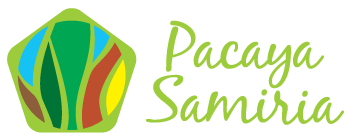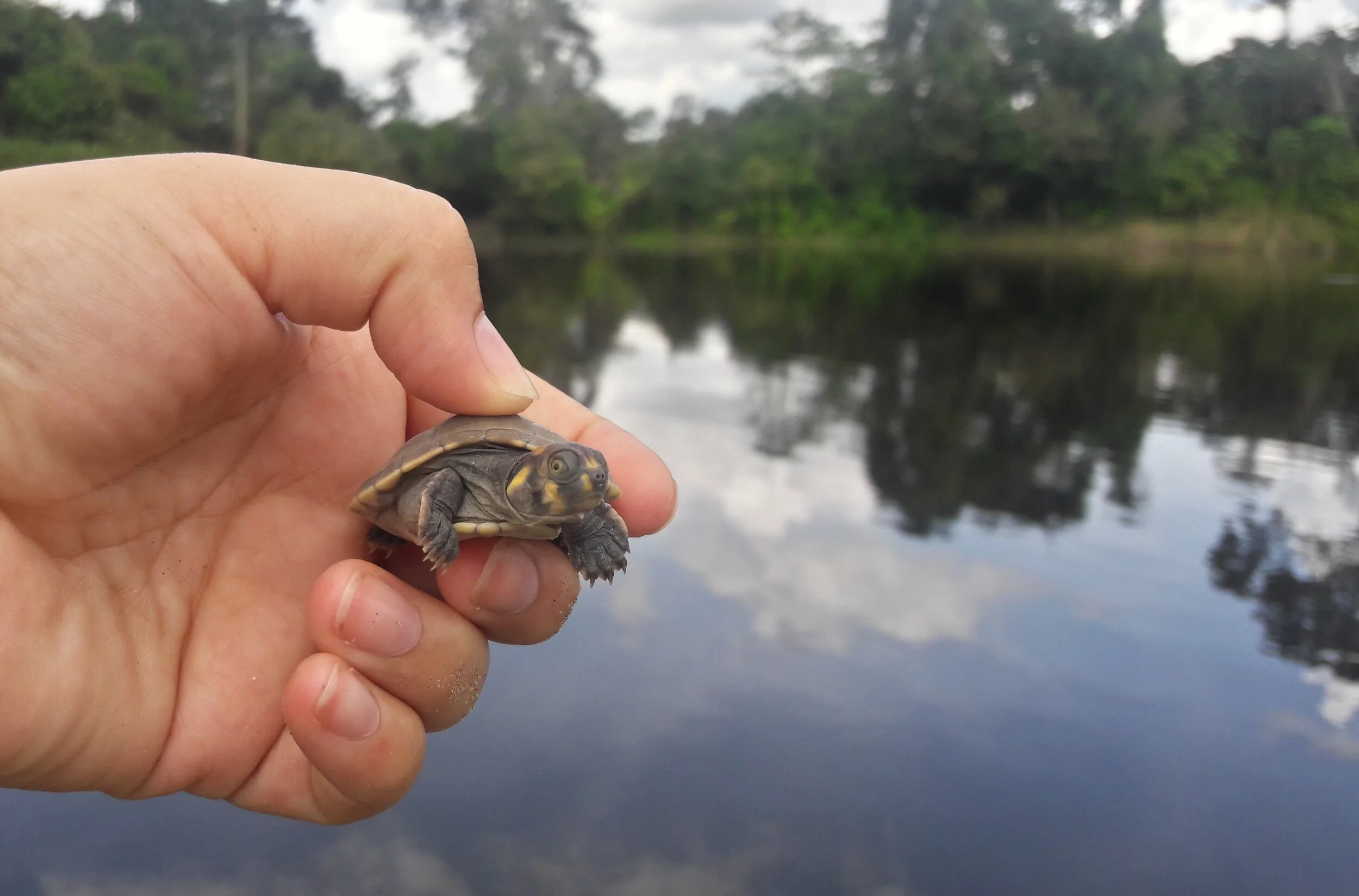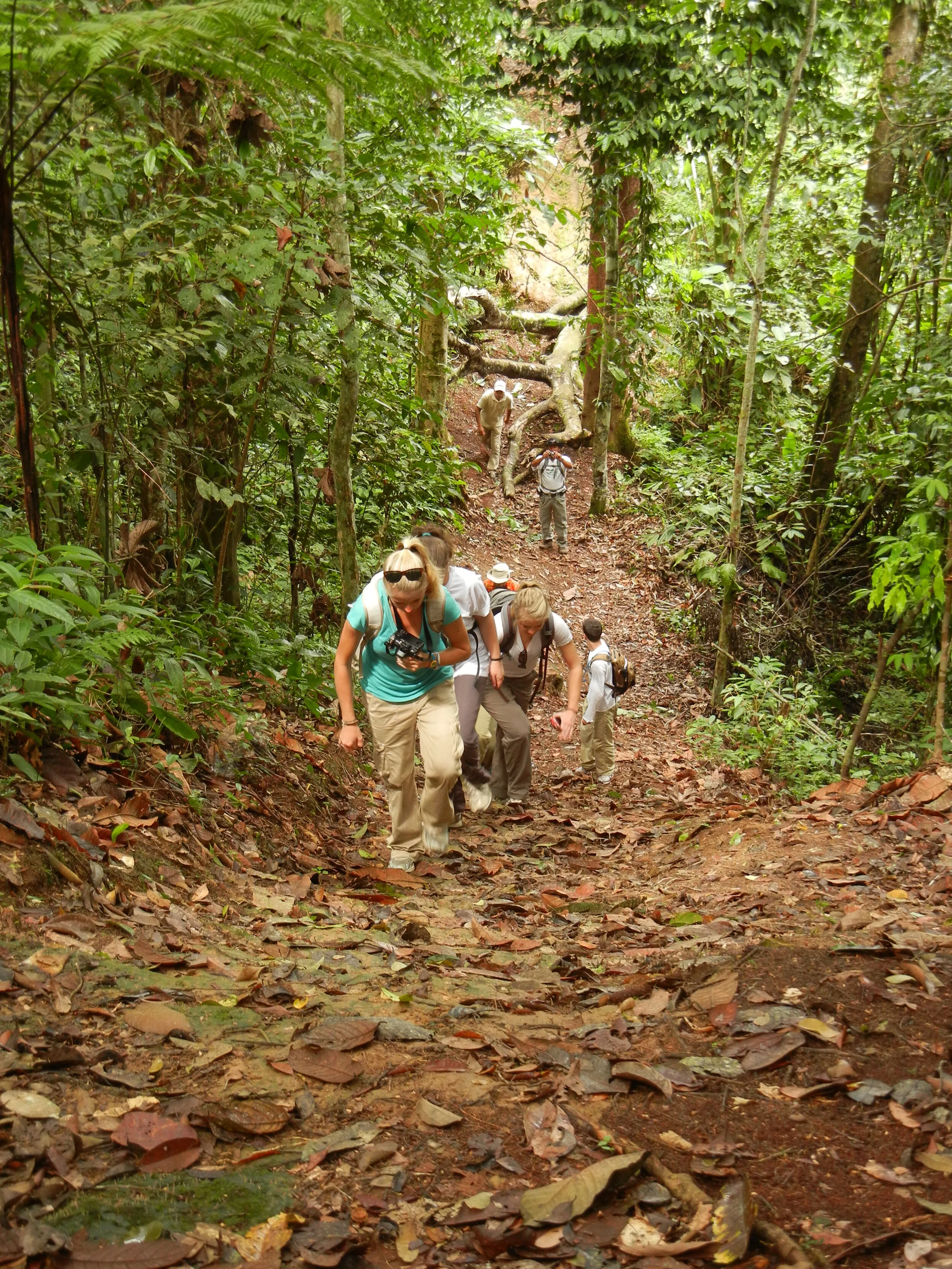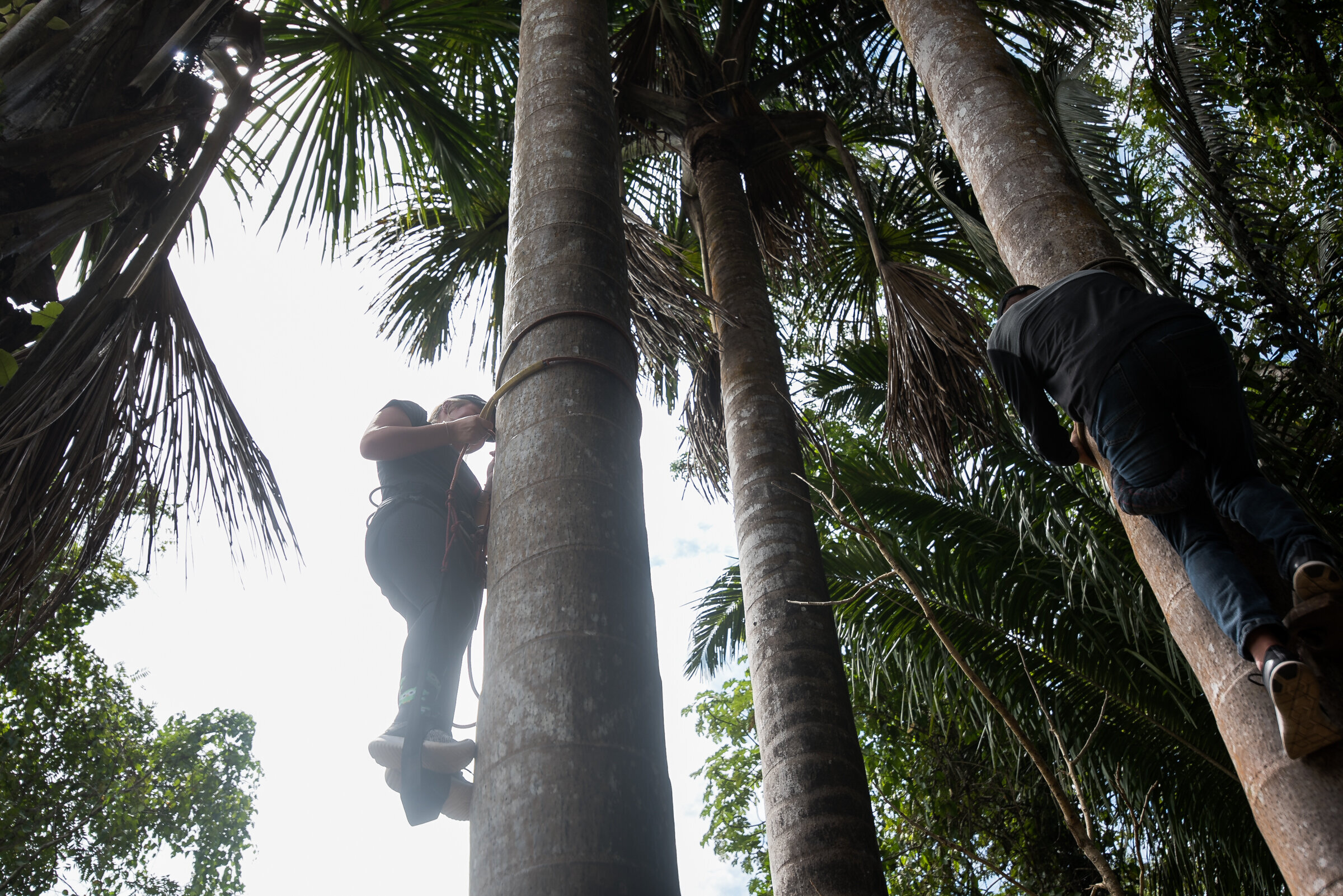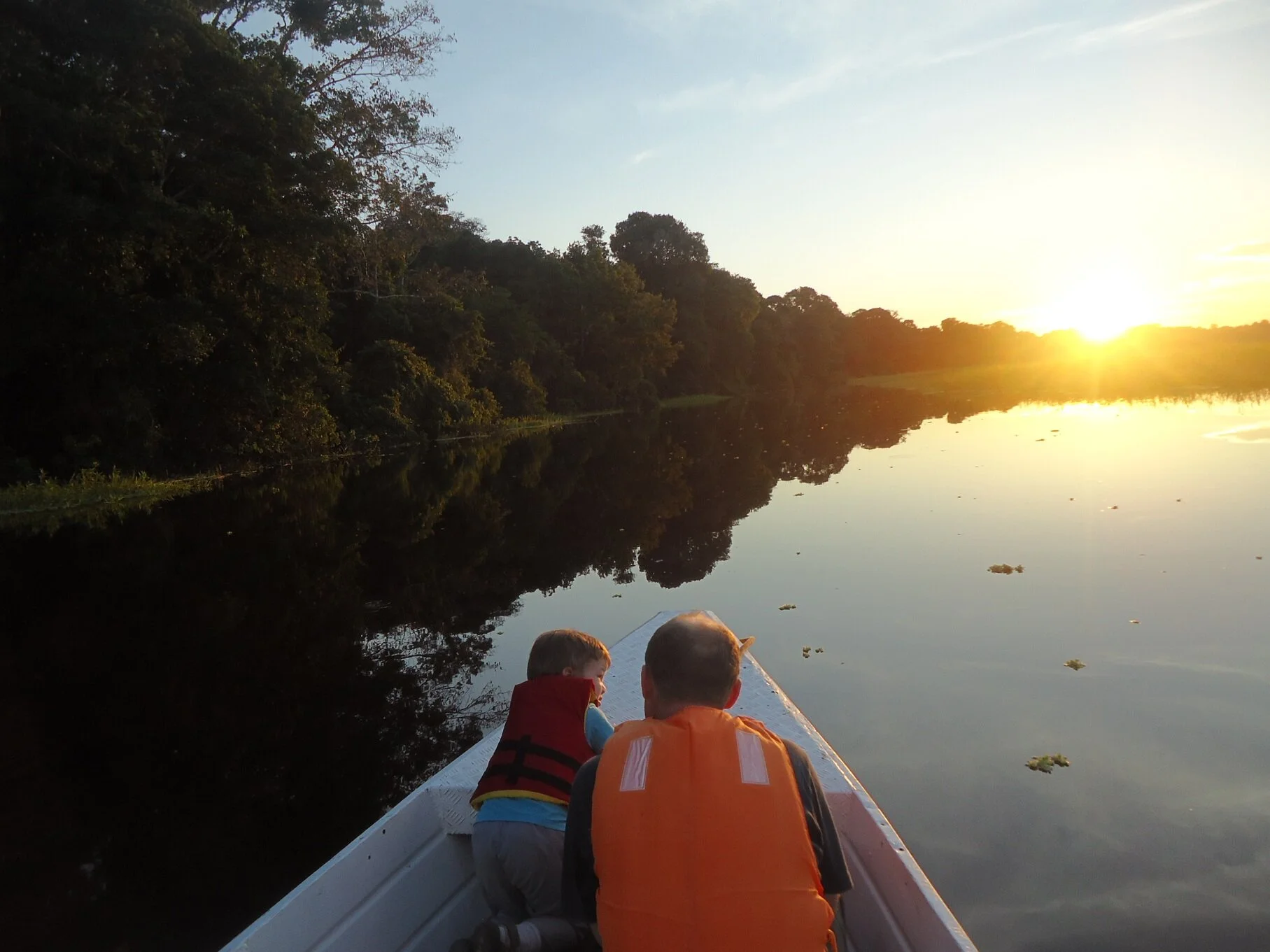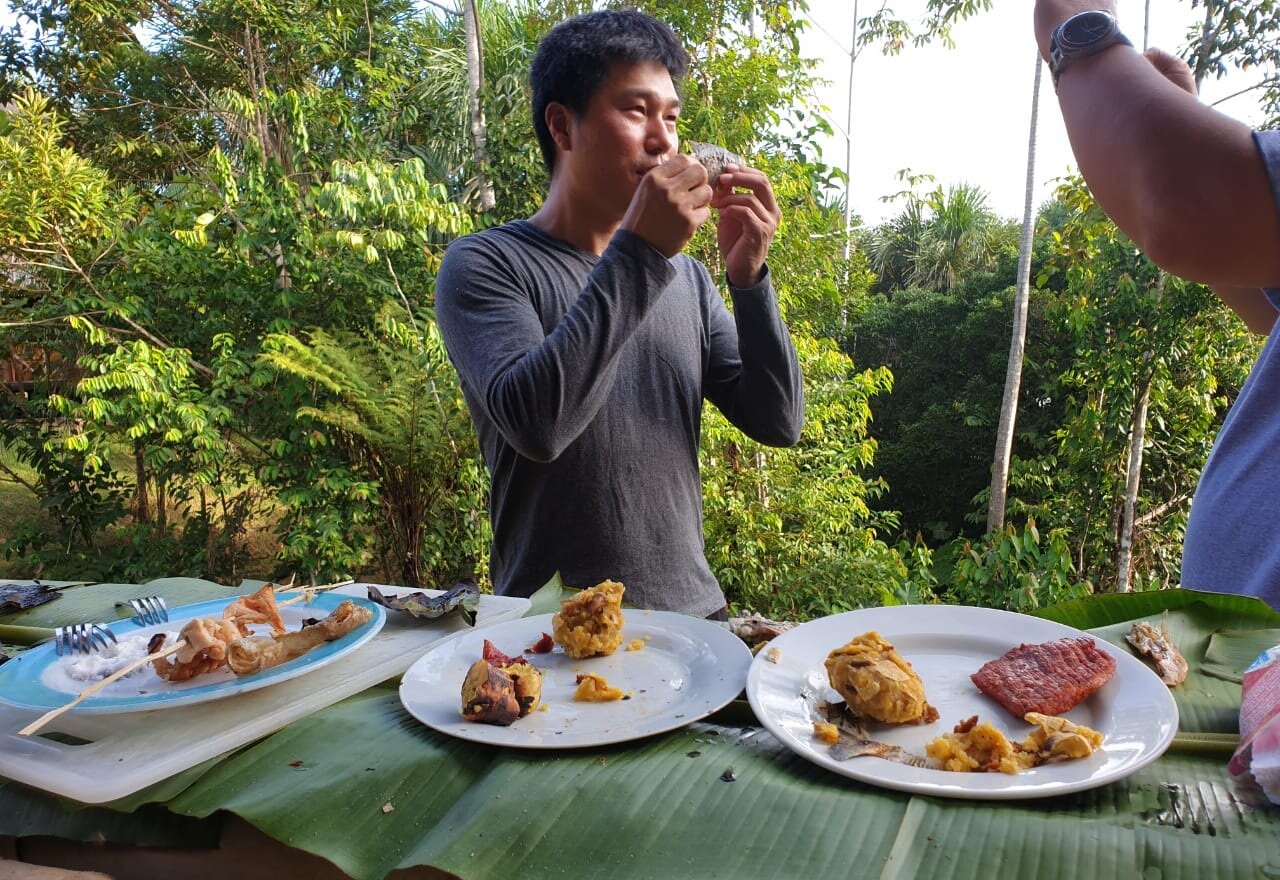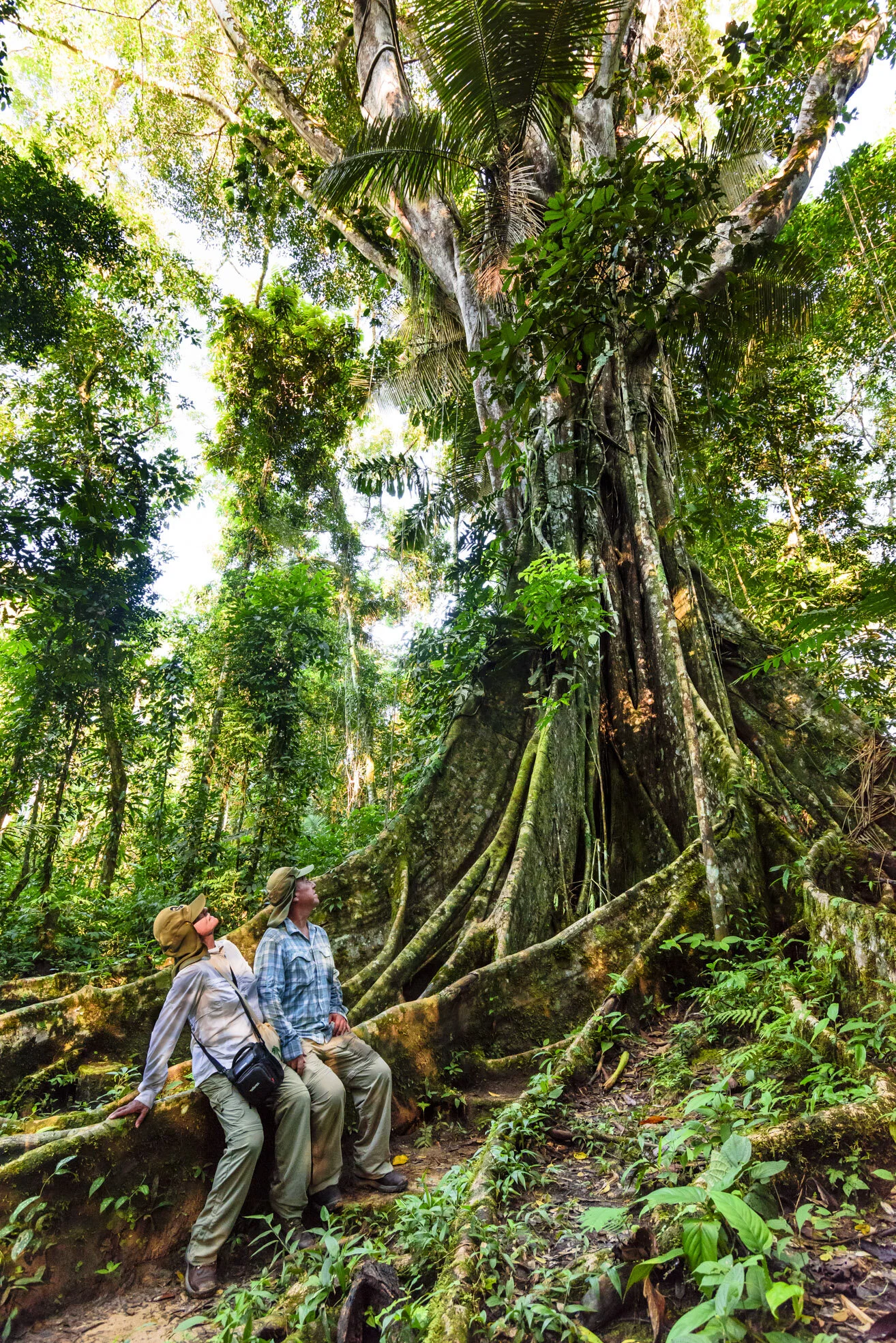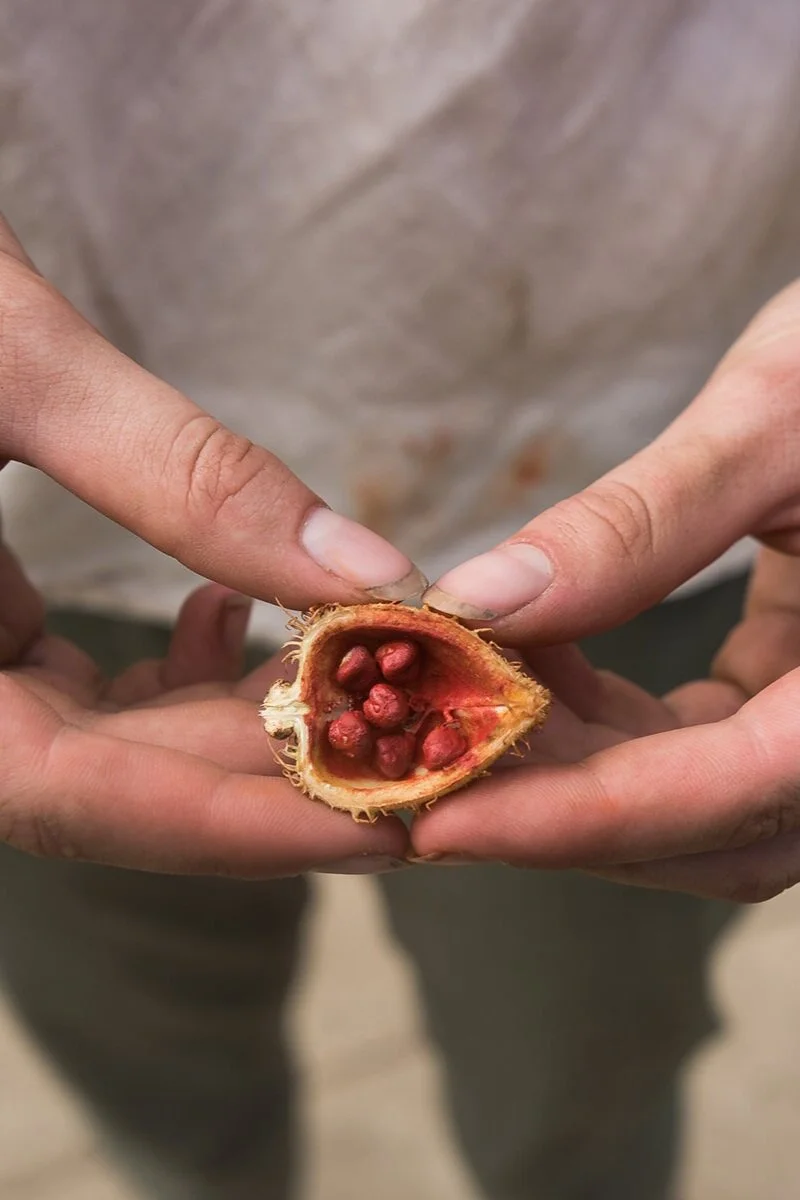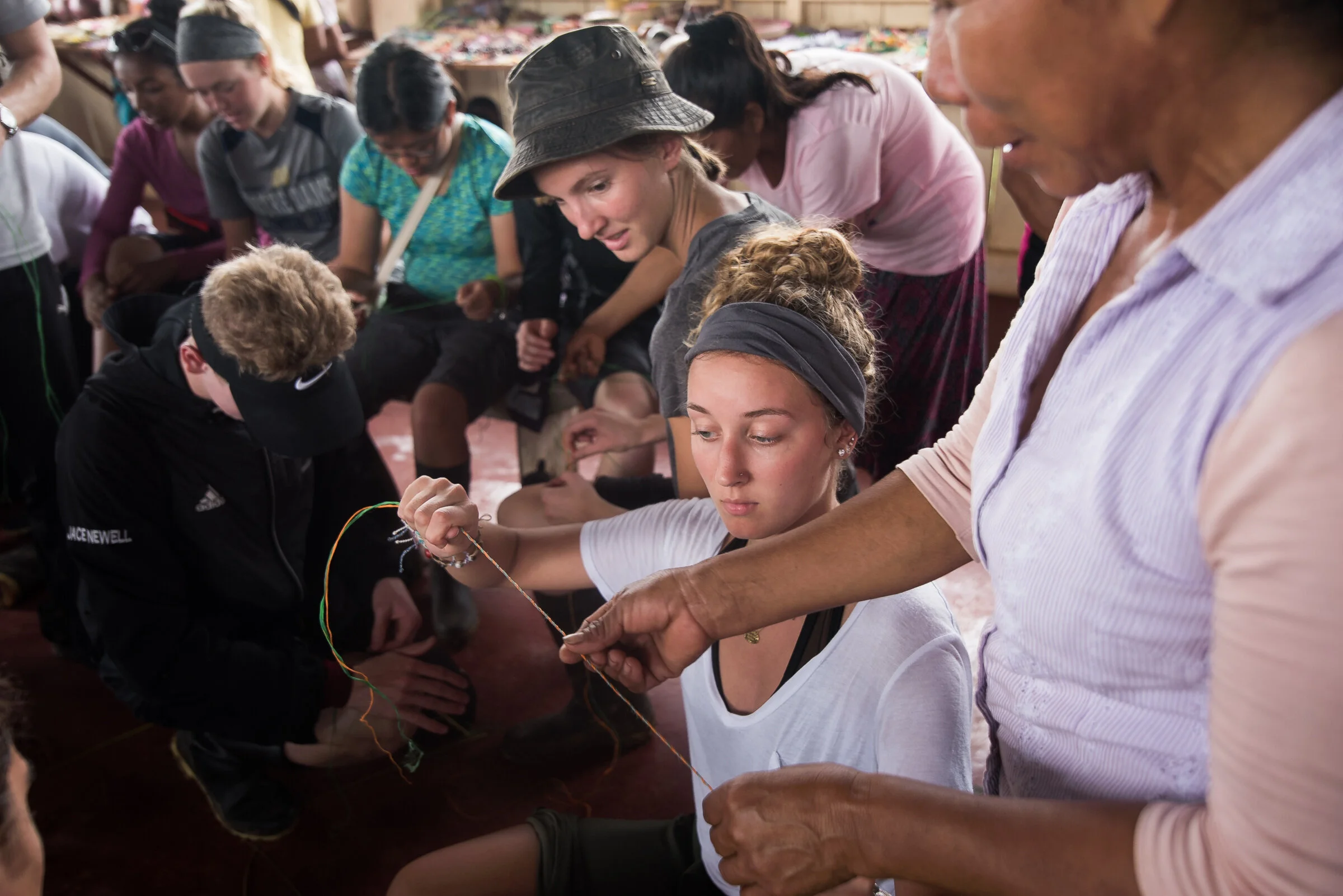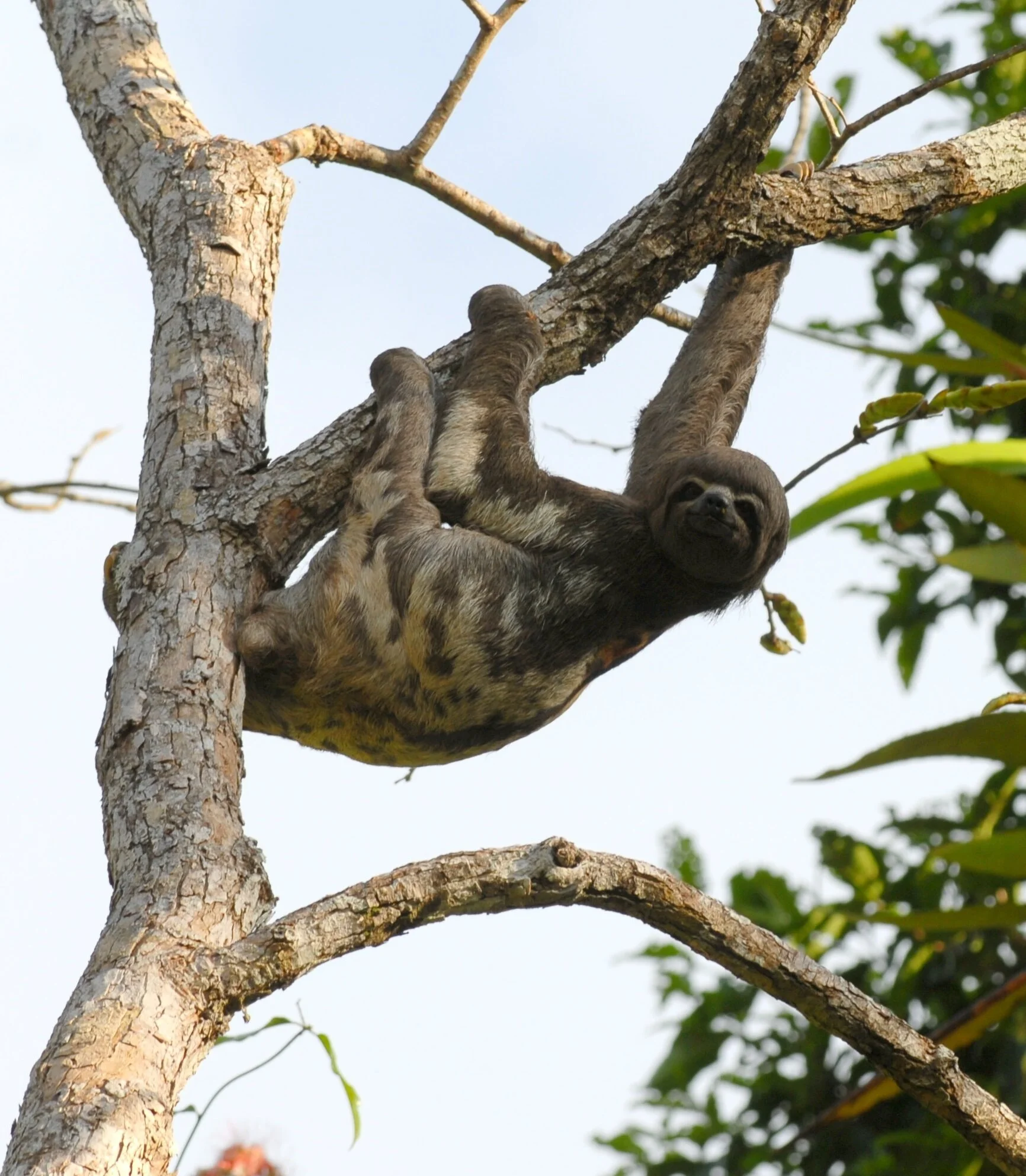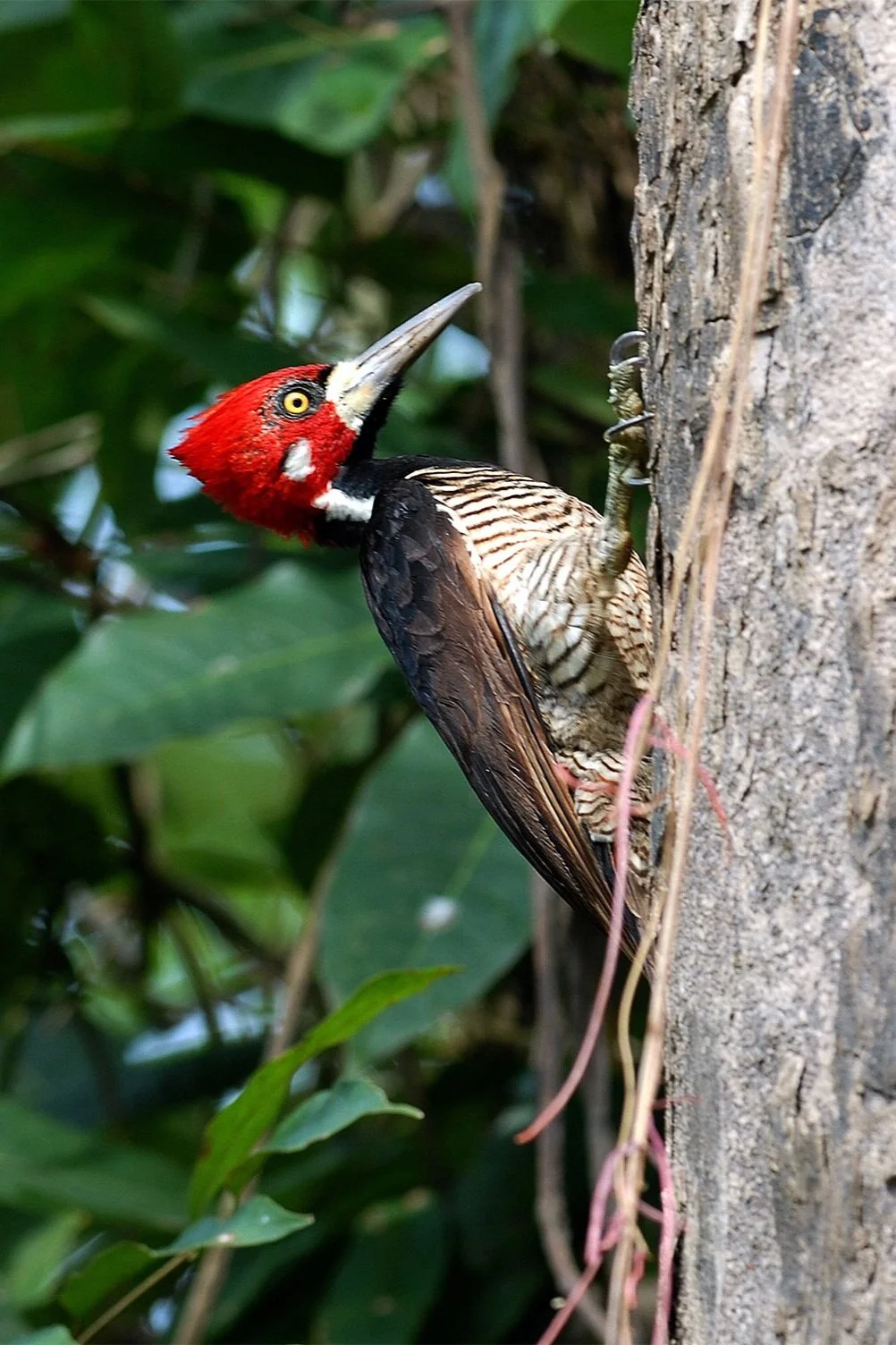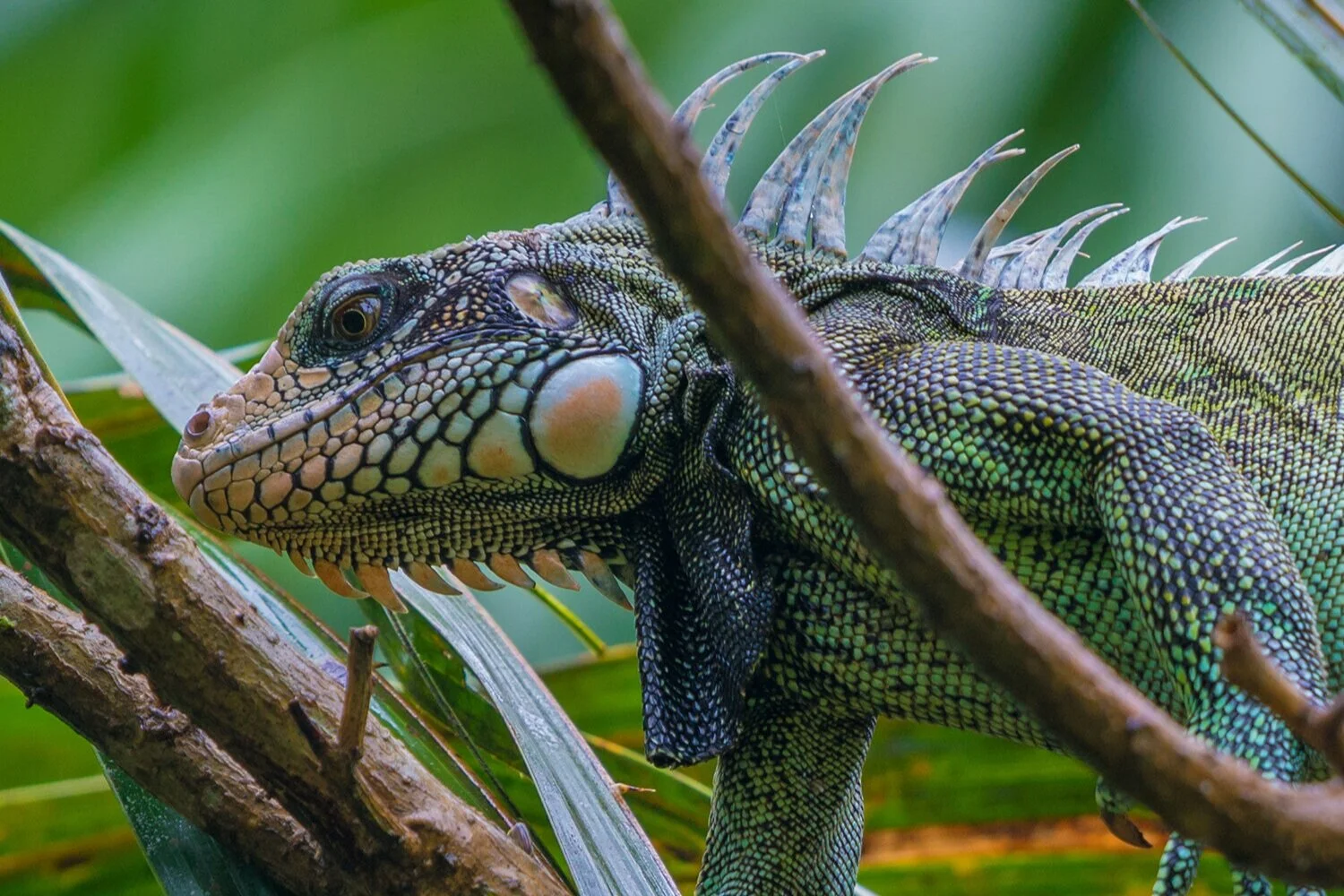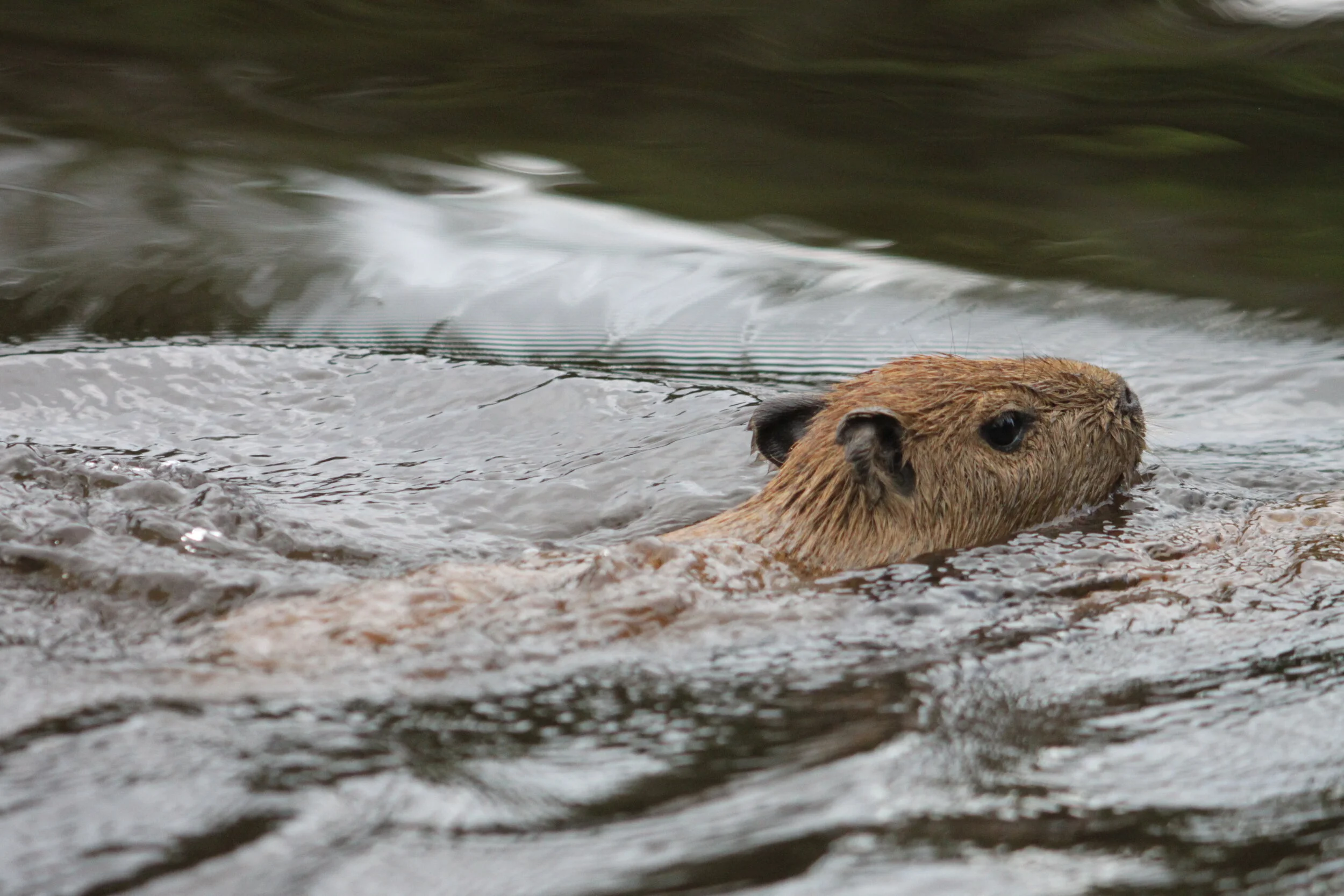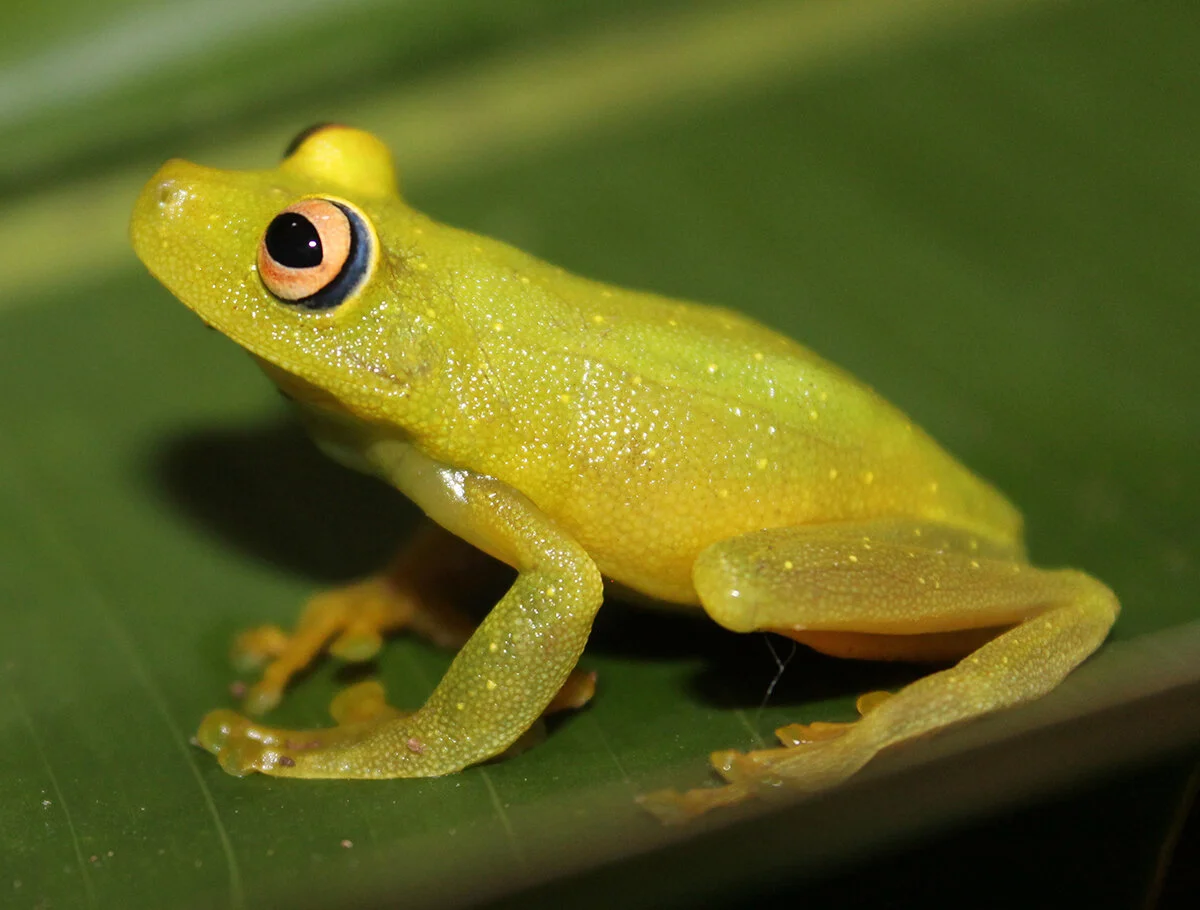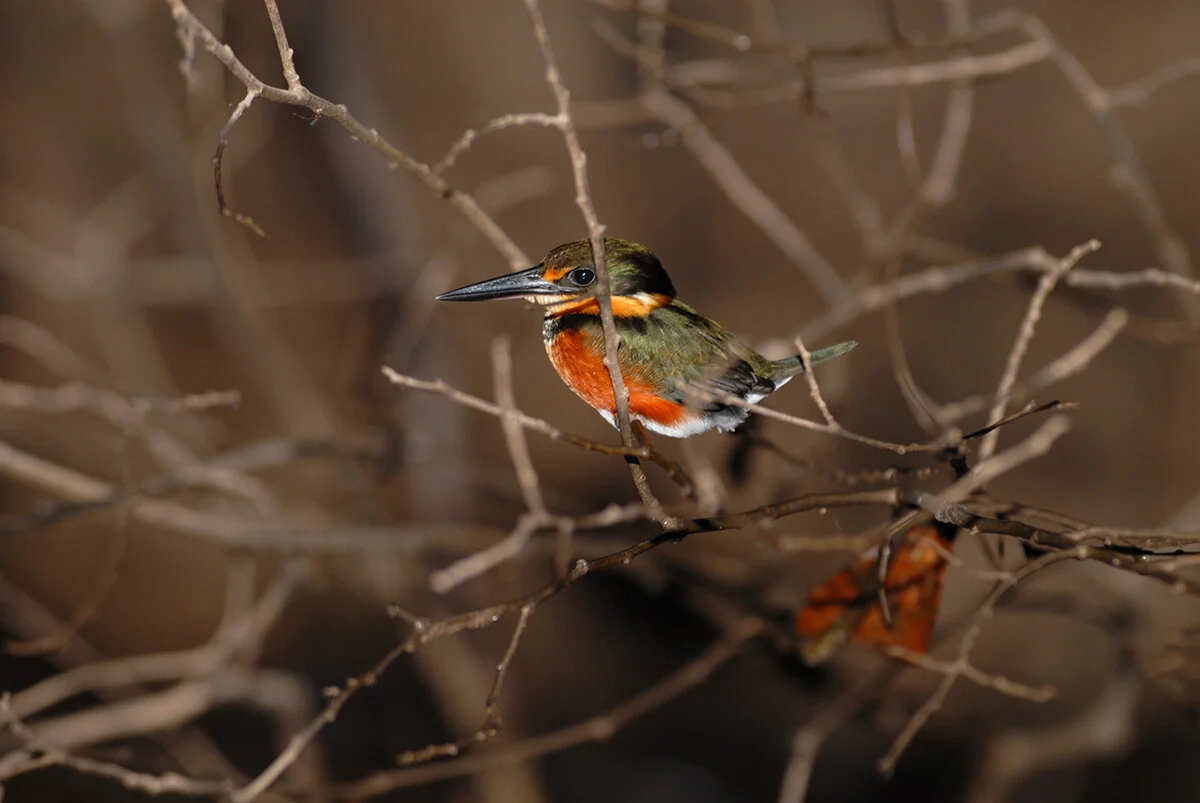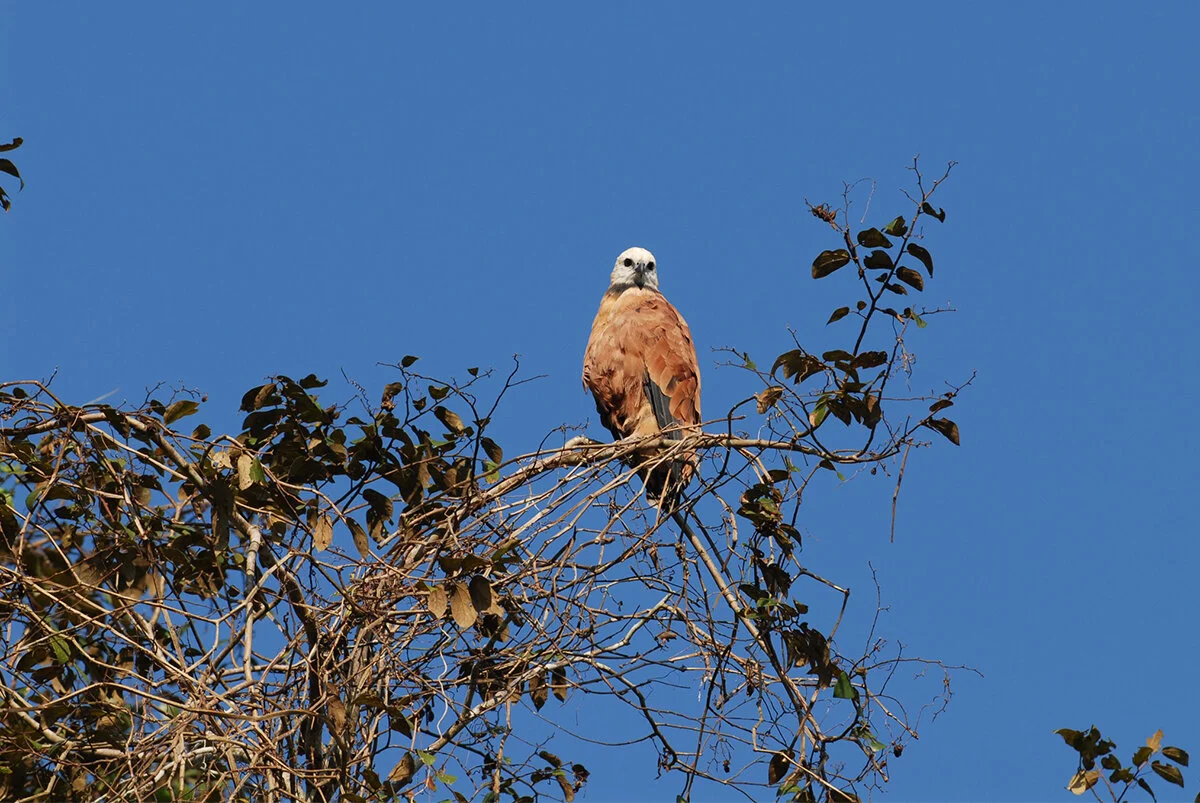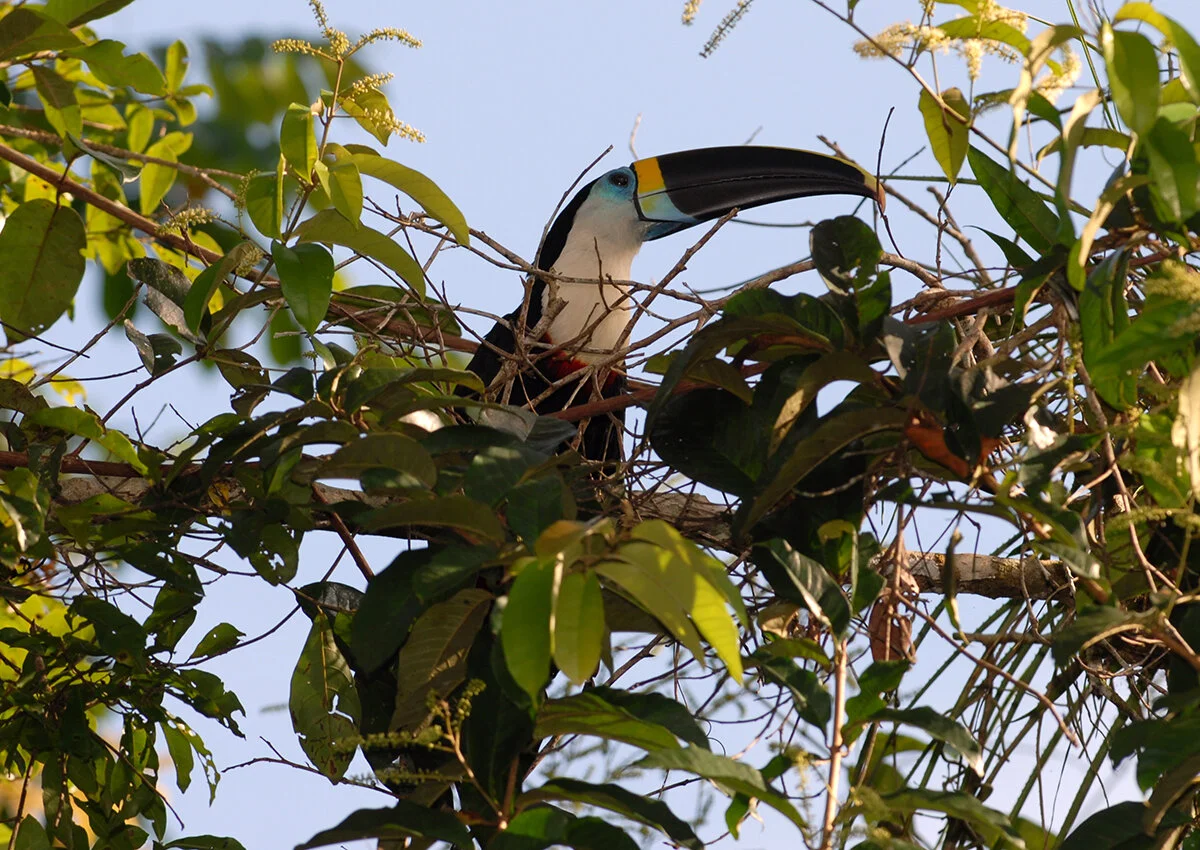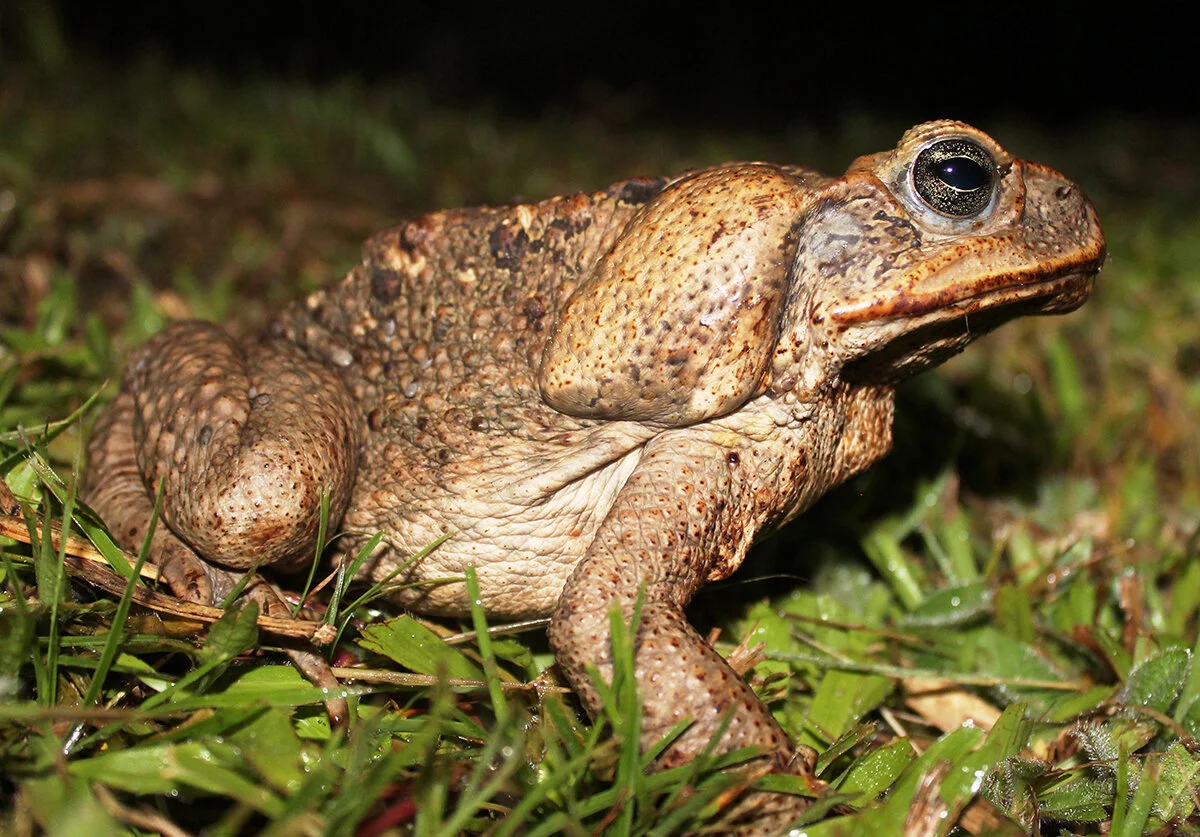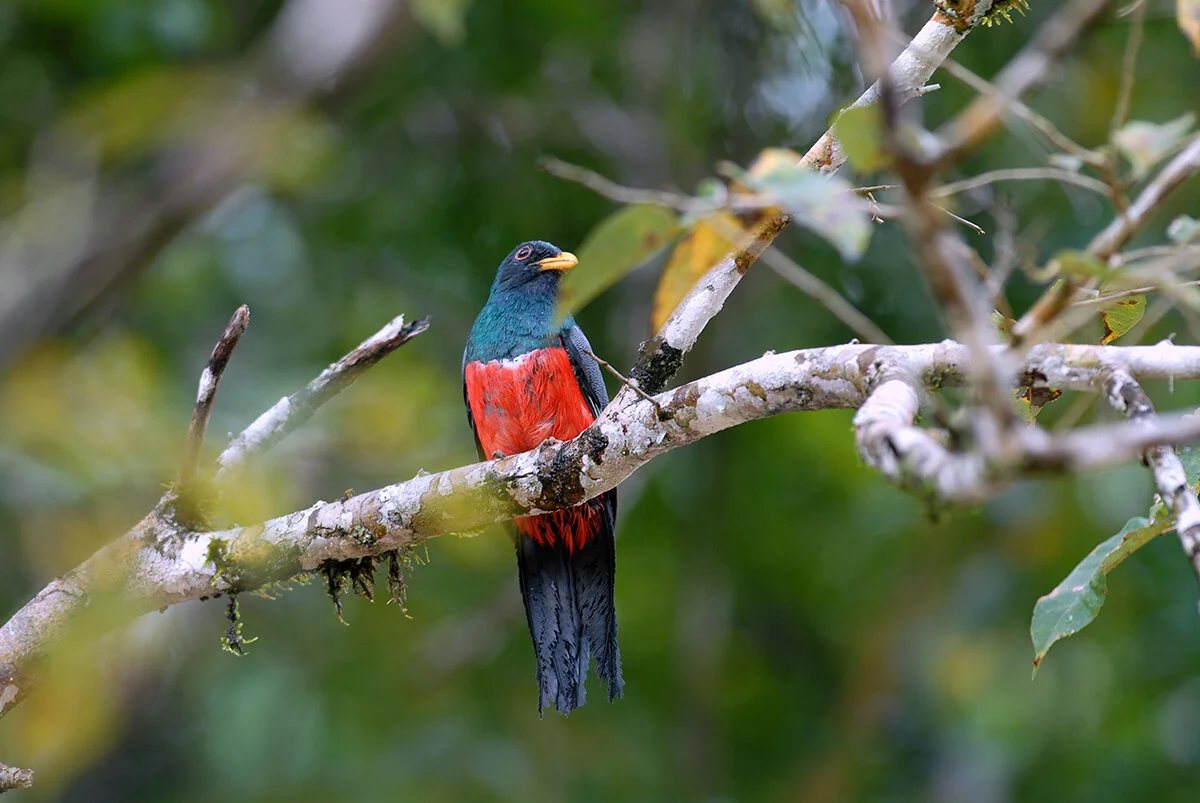
Experiences
Living the Amazon at a different level
#thepacayaexperience
Clic here we rich your experience! watching of the Amazon River and visit to San Joaquin de Omaguas in all our programs
·
Clic here we rich your experience! watching of the Amazon River and visit to San Joaquin de Omaguas in all our programs ·
The experiences we offer go beyond the mere observation of the environment and its natural wealth. They add value through the interpretation of biodiversity, a mechanism used by our guides to share their expert knowledge with each visitor in all of our activities.
We apply this method because, as a sustainable organization, we are compelled to do our best so that all of our visitors fall in love with nature, and what better way than to see it and understand it.
Eco-Adventure Activities
CAMPING IN THE RESERVE
If you love adventure and nature, you want to be part of this experience. Starting from the 5-day and 4-night program, we offer outings to itinerant camping sites within the National Reserve (depending on the season) or in our Private Reserve all year round. These experiences include an on-site orientation and survival techniques crash course in the forest.
RELEASE OF TARICAYAS
Amazon chelonians such as the Taricaya Turtle, are now recognized as valuable members of the local communities. In an effort to protect and promote their conservation, during the dry season (July) we collect the turtle eggs on the beaches of the rivers inside the reserve, and afterwards we place them in artificial beaches or hatcheries. The newborn turtles are released and returned to their original beaches between October and November. Our visitors take part in this experience. Life giving life.
This helps not only the conservation of these turtles, but is also a sustainable socio-economic development activity shared with the local communities.
NAVIGATING THE JUNGLE OF MIRRORS
The immense black waters fill the tributaries, rivers, lagoons and lakes of the Pacaya Samiria National Reserve allowing our guests to navigate deeper into the Jungle of Mirrors during the rainy season (November - May).
A WALK IN THE PRIVATE RESERVE
Our day and night interpretation Ecotreks, led by our expert guides, will allow us to go deep into the restinga forest that surrounds our Ecolodge, not only to see the different species of flora and fauna in the area but also to understand their behavioral patterns and their functional relevance.
WALK THROUGH THE BOTANICAL GARDEN
Surrounded by the vegetation around the Ecolodge, this visit will allow us to learn about the properties of specific species of trees and bushes, including fruit trees, that have had an important relationship, including medicinal, with our peoples since ancient times.
CLIMBING THE AGUAJE PALM TREE
The fruit of the aguaje palm (Mauritia flexuosa) is commercialized by the Amazonian people. It used to be a species threatened by logging but thanks to conservation efforts and campaigns, the local communities have committed to help preserve this vulnerable species and have united their efforts. They now climb the palm trees to harvest the precious aguaje rather than cut them down. Our visitors can take part of this activity and actually feel the efforts of the Reserve’s organized groups.
SAN JOAQUIN DE OMAGUAS
One of the oldest population centers in the Loreto region, from where we will be able to see the main stem of the great Amazon River, the largest and longest in the world. We will also visit the Samuel Fritz Interpretation Center where our guides will tell us the history of San Joaquín de Omaguas and the strategic role it played in the 17th and 18th centuries as the head of the evangelical missions.
SUSTAINABLE ARTISANAL FISHING
On our tours, we will fish along the Marañon River and in "cochas" (smaller ponds and tributaries) like Shiriyacu, where we will learn the ancestral fishing techniques that the Amazonian people use for their subsistence.
Native and Participative Gastronomy
From the Amazon to your table!
Learn about the local cooking traditions by tasting the typical dishes made with the best ingredients, especially prepared for you by members of the Pacaya Samiria communities
Cultural Activities
Amazonian World View
Enchanted Jungle “Iwerata May Yakarano” After dinner, join the guides in our Club House for an evening of storytelling, as they share a few tales from Amazonian mythology, such as the famous Chullachaqui. Afterwards, you will take even more care not to harm the inhabitants of the enchanted jungle, as the “Owners of the Forest” will be watching your every move!
Visit to the Women Artisans of San Jorge Community
A group of Kukama women use their skills and techniques producing handicrafts with palm fibers and other crafts, giving added value to their work. This is a project named Pua Kamatawara (Working Hands).
FUNDO CASUAL
On the way to our Ecolodge we visit the Fundo Casual, an open animal rescue center run by local residents, where you will see several species of fauna found in the tropical forest.
Walk through the Botanical Garden
An experience within the vegetation surrounding the Ecolodge, a walk that will allow us to know the properties of some species of trees and bushes: medicinal, fruits, etc. and their ancient relationship with our peoples.
Organic Products Market
This is part of an initiative of our Ecolodge to foster the socioeconomic growth of the Kukama women in the San Jorge community, taking advantage of the valuable treasures that nature provides us and that are transformed by these artisan hands. The outcomes are natural soaps and insect repellents, clay facial masks, among other products.
Visit the Local Communities
Our visits to several local communities allow us not only to learn about the customs of the river inhabitants through their daily activities and their close relationship with the forest, but also to witness their efforts to rescue the Kukama Kukamiria culture, preserve the environment and protect endangered species.
RUbber route
Throughout the Amazon there were rubber trees and the area of our high restinga has species that will help us understand the importance of this tree in the times of the rubber exploitation boom, understanding this influential part of Peruvian and world history.
Wildlife
Part of all our ACTIVITIES
Bird WATCHING
In each excursion we will learn not only about the variety of migratory and resident species that live in the area but, more importantly, we will learn the basic identification mechanics and the behavioral pattern of at least 50 species of birds.
Pink and Grey DOLPHIN watching
Known for its relationship with clean waters, pink dolphins are considered the guardians of this part of the Amazon. The abundance of food in the waters means that we can guarantee the sighting of the pink and gray dolphins. An adult dolphin eats 9 to 15 kg of fish daily.
The experience of seeing pink and gray dolphins in their own habitat is incredible. These species are especially intelligent and friendly with humans. Swimming among them is part of your experience, and is an opportunity to appreciate, from a privileged close-up, their “pirouettes and unique dances”.
CAYMAN Route
At nightfall in the Amazon jungle, we organize boat trips to search for cayman, also spelled caiman (alligator family). Looking to the riverbanks, and paying special attention to the infrared eyes that will call your attention, you are sure to feel the adrenaline of having them so close.
Amphibians, Reptiles, Arachnids and Primates
No trip to the jungle would be complete without a few encounters with amphibians, reptiles, arachnics and primates. Nothing compares to the great amazement we experience when we observe and get to know one or several of these species in their natural habitat, even more so if they are difficult to spot or only appear in certain seasons of the year.
